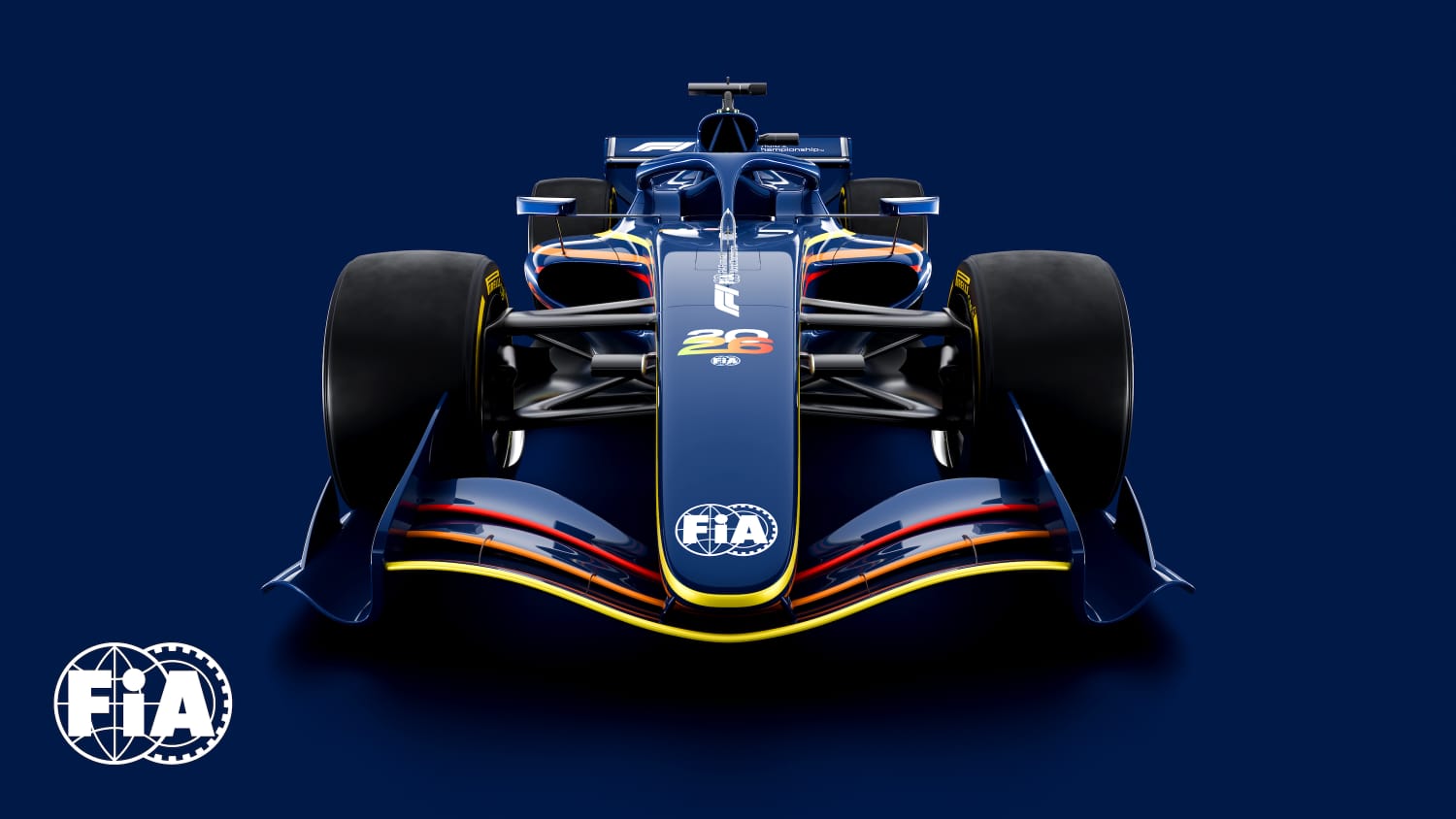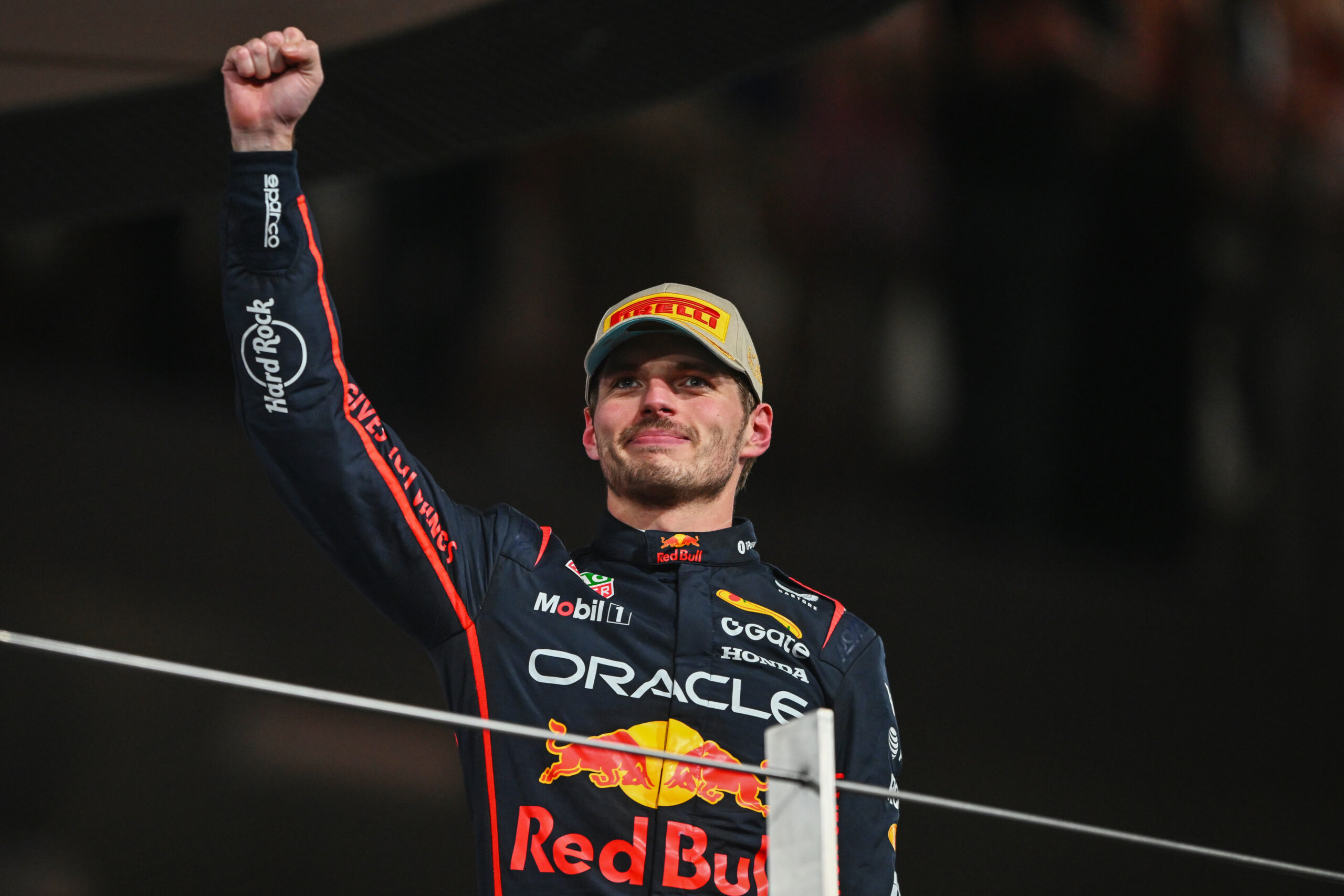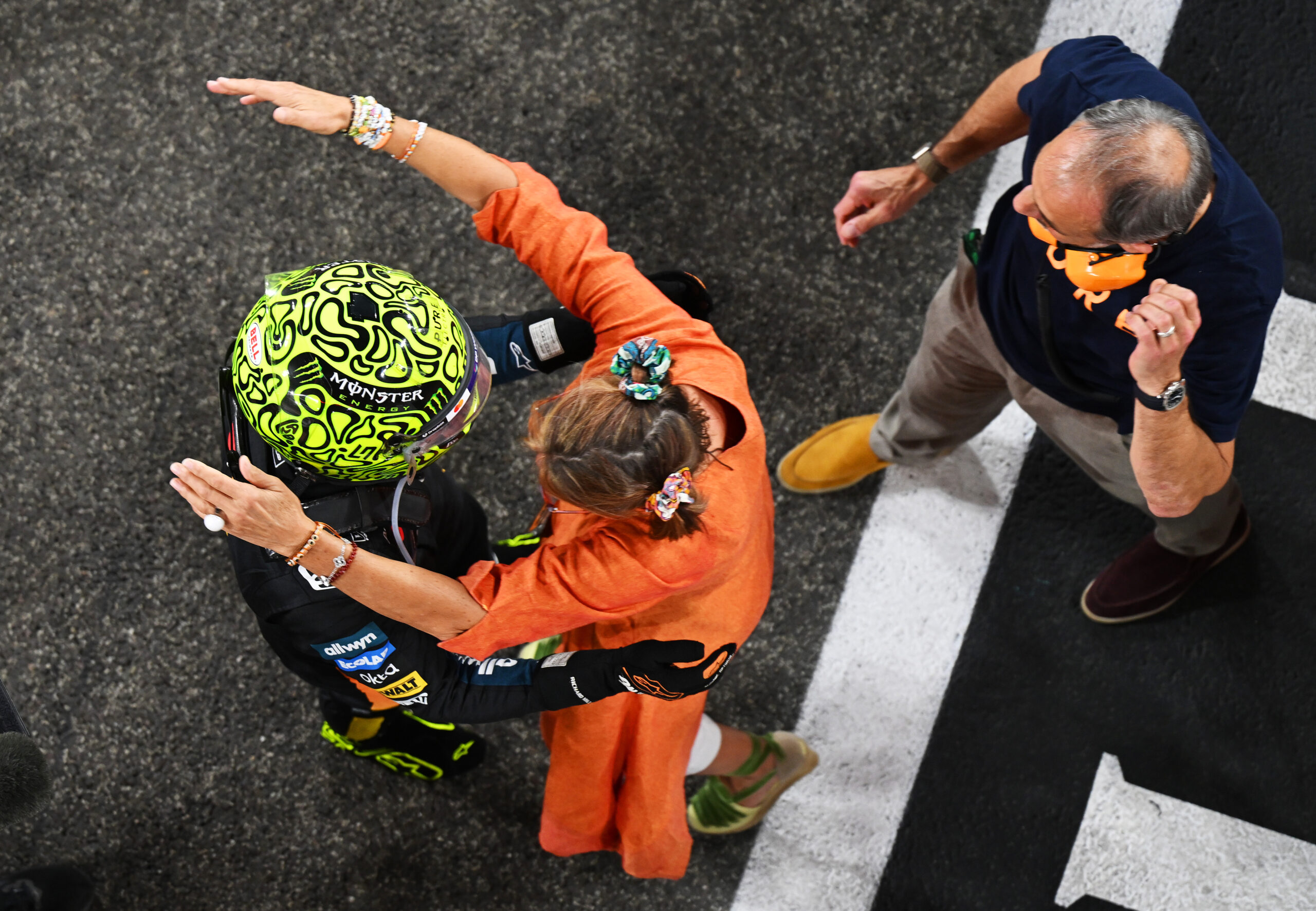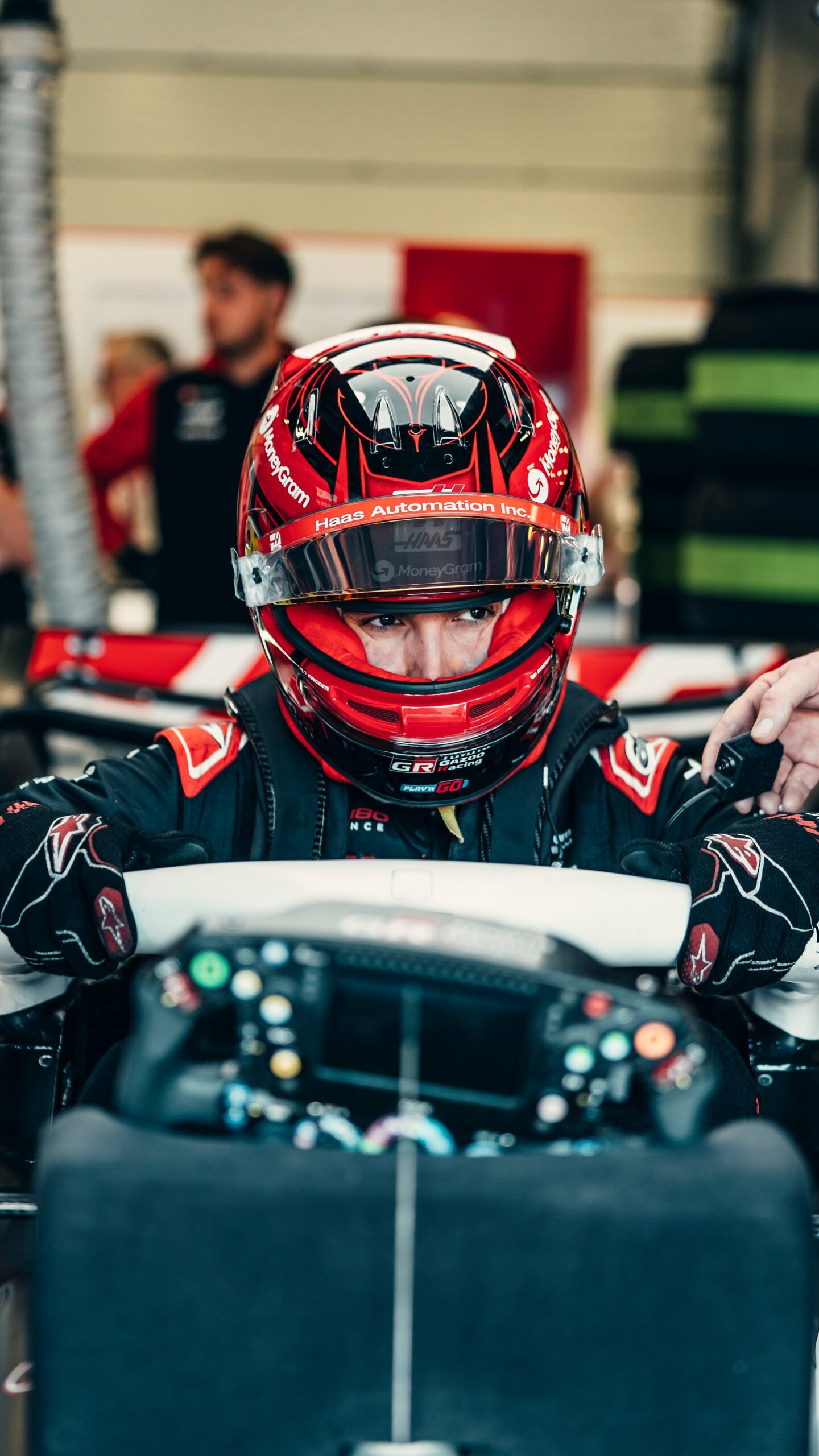After much anticipation and speculation, The Fédération Internationale de l’Automobile (FIA), Formula 1’s governing body, today revealed the set of new regulations which will define the sport from 2026 onward. These regulations, which were developed in collaboration with Formula 1 and its 10 participating teams, original equipment manufacturers (OEMs) and power unit manufacturers, aim to increase and improve competitiveness, safety and sustainability in Formula 1, and include new power unit (PU), chassis, aerodynamics, safety, and sustainability requirements for cars competing in 2026 and future seasons.
FIA President, Mohamed Ben Sulayem described the new regulations as comprehensive, and stated that they would be definitive of a “hugely exciting future” for Formula 1.
“Today, the FIA is defining a hugely exciting future for the pinnacle of motorsport with the launch of a comprehensive new set of regulations for the 2026 FIA Formula One World Championship and beyond.”
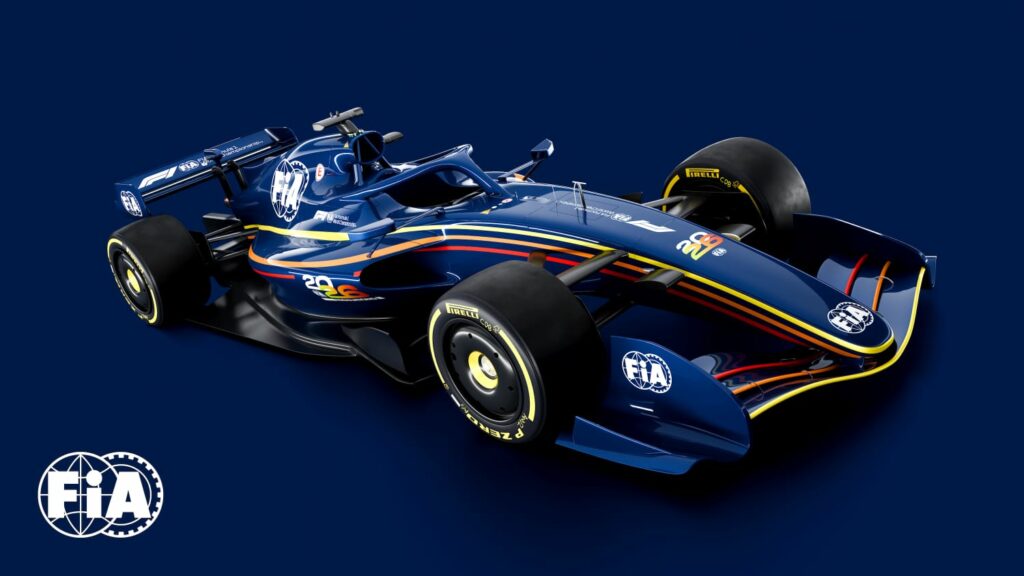
The FIA President stated that new chassis regulations had been developed to work in tandem with the energy requirements of the new PUs defined under the 2026 Power Unit Regulations which were first published in August 2022. He said that the regulations had been developed through collaboration with their partners at Formula 1, the 10 teams, and other stakeholders, and aimed to keep the “premier championship” relevant to “what is happening in the world.”
“Following the publication of 2026 Power Unit Regulations two years ago we have taken the opportunity to redefine the chassis regulations to match the energy requirement of the new power units. Collaborating with our partners at Formula 1 and with the assistance of the sport’s 10 teams and all our stakeholders this represents a unique revision that will ensure our premier championship is even more relevant to what is happening in the world.”
Ben Sulayem said the new PU regulations had increased the number of PU manufacturers committing to the sport, and stated that these regulations, together with the new chassis regulations, would “not only improve racing” but would make the sport more attractive to PU manufacturers, OEMs and competitors. He added that the 2026 F1 regulations were “advanced, sustainability technology and safety” and believed that the FIA and Formula 1 had achieved their aim of producing a car that was “right for the future of the sport’s elite category”.
“The Power Unit Regulations have already resulted in a record number of PU manufacturers committing to the sport. And now, in tandem with chassis regulations that provide for lighter, more agile cars featuring innovative aerodynamic solutions, we have created a set of regulations designed to not only improve racing but also to make the championship even more attractive to PU manufacturers, OEMs and existing competitors. The key features of the 2026 F1 Regulations are advanced, sustainability technology and safety. Our aim, together with Formula 1, was to produce a car that was right for the future of the sport’s elite category. We believe we have achieved that goal.”
Stefano Domenicali, CEO of Formula 1, added that the new regulations marked “a significant moment in the future” of Formula 1 and expressed his anticipation for the new generation of Formula 1 cars and power units which he said aimed to “give our fans closer and exciting racing.”
“These regulations mark a significant moment in the future of our sport as we look forward to a new generation of car and power unit that aims to give our fans closer and exciting racing.”
He stated that the “new sustainably fuelled hybrid” PU presented a “huge opportunity” for the automotive industry worldwide as it provided the potential for reduced fuel consumption by cars and a subsequent decrease in emissions. He indicated that this potential had encouraged the increase in Formula 1 engine supplied in the 2026 season. In 2024, there are currently four PU suppliers, and this is expected to increase to six (Alpine Racing, Audi, Ferrari S.p.A, Honda Racing Corporation, Mercedes-AMG High Performance Powertrains Ltd., and Red Bull Ford) for the 2026 to 2030 seasons.
“The new sustainably fuelled hybrid power unit presents a huge opportunity for the global automotive industry, the drop in fuel has the potential to be used by cars around the world and dramatically cut emissions. Its potential is one of the key reasons why we will have a record number of engine suppliers in Formula 1 in 2026.”
Domenicali added that Formula 1 would enter the new regulatory cycle “in the strongest position it has ever been” and expressed his confidence in the regulations “strengthening the position of the sport” globally.
“We enter this new regulatory cycle with the sport in the strongest position it has ever been, and I am confident that the work done by the FIA to create these regulations will further strengthen the position of the sport around the world.”
FIA Single Seater Technical Director, Nikolas Tombazis, also commented on the advances highlighted in the 2026 regulations, stating that, with the new regulations, the FIA sought to develop a new generation of lightweight, “supremely fast”, agile cars “which are “fully in touch with the DNA of Formula 1” while also at “the cutting edge” of technology. This, he described as a “nimble car” concept, at the centre of which is the redesigned PU.
“With this set of regulations, the FIA has sought to develop a new generation of cars that are fully in touch with the DNA of Formula 1 – cars that are light, supremely fast and agile but which also remain at the cutting edge of technology, and to achieve this we worked towards what we called a ‘nimble car’ concept. At the centre of that vision is a redesigned power unit that features a more even split between the power derived from the internal combustion element and electrical power.”
Tombazis also spoke about the size and weight reductions which he stated would result in “a much more dynamic car.” He added that the regulations would require the introduction of active aerodynamics to reduce drag, and a Manual Override system for overtaking.
“On the chassis side, we have managed to reduce the size and weight of the car by 30kg resulting in a much more dynamic car. In addition, we are introducing two exciting new features to enhance racing – active aerodynamics to achieve very low drag on the straights and the Manual Override system that will provide drivers with an on-demand burst of battery power when close enough to the car ahead of them.”
Tombazis added that the 2026 FIA Formula 1 Technical Regulations had been designed to increase the sport’s competitiveness within and the spectacle. These regulations, he said, would also improve the efficiency of the car and promote a more sustainable future for the sport.
“Lighter, more powerful and more focused on driver skill, the 2026 FIA Formula 1 Technical Regulations have been designed to provide closer racing among drivers, increase the competition between teams and improve the spectacle. In addition, we have opted for a higher electrical component of the power unit, a more efficient car overall, and fully sustainable fuels, as part of our drive towards a more sustainable future for our sport.”
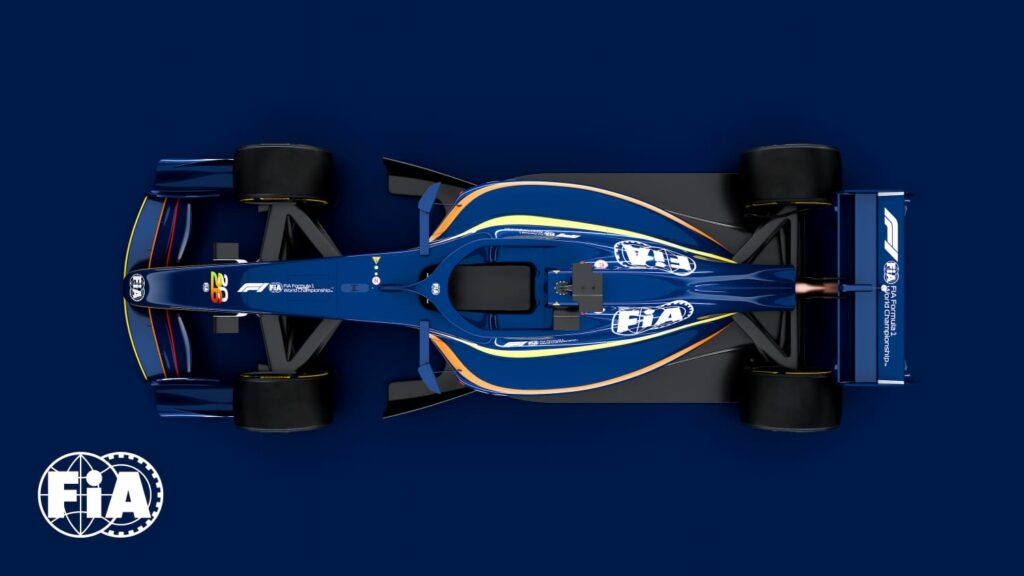
2026 PU expected to be the “most road relevant” PU ever seen in Formula 1
The new PU regulations are said to build on the foundations of the hybrid engine currently being used in Formula 1. While the power derived from the Internal Combustion Engine (ICE) element will drop from 550 – 560 kw to 400 kw, there will be an almost 300% increase in electric power (from 120 kw to 350 kw). This is expected to prevent a loss of power while allowing for increased sustainability. With this expansion of the electrical power and the further simplification of the PU through the removal of the motor-generator unit–heat (MGU-H), the FIA states that the 2026 PU is expected to be “the most road-relevant” PU ever seen in Formula 1. The new regulations also state that the amount of energy that can be recuperated during braking will be doubled which will result in a total recuperable energy of 8.5 MJ per lap.
Smaller, lighter cars to adhere to “nimble car” concept
The 2026 regulations also aim to create more agile racing cars. The maximum dimensions of the car will be reduced to adhere to the “nimble car” concept which the FIA highlighted as being a core concept of the new regulations. The maximum wheelbase will decrease by 200 mm (0.2 m) from 3600 mm (3.6 m) to 3400 mm (3.4 m), and the width of the car will be reduced by 100 mm (0.1 m) from 2000 mm (2.0 m) to 1900 mm (1.9 m). The maximum floor width will be reduced by 150 mm (0.15 m). The regulations will also see the reduction of the minimum weight to 768 kg – 30 kg less than the minimum weight of their 2022 counterparts. A minimum of 722 kg must be dedicated to the car and driver. The remaining 46 kg will be attributed to the estimated mass of the tyres. These tyres will retain the 18-inch size introduced by Pirelli in 2022, but there will be reductions in the width of the front tyres by 25 mm and the rear by 30 mm. However, the FIA states that minimal loss of grip is expected. Furthermore, the FIA states that the chassis regulations will promote a 30% reduction in downforce and a 55% reduction in drag.
“Two new features to enhance racing” – Tombazis
As stated by FIA Single Seater Technical Director, Nikolas Tombazis, the 2026 regulations will see the introduction of an “all-new” Active Aerodynamics system which will involve movable front and rear wings. This system, as described by FIA Head of Aerodynamics, Jason Somerville, will allow drivers to increase their cornering speeds with standard Z-Mode deployed, and to switch to X-mode, a low-drag configuration, to maximise their straight-line speed. The new system can be used in designated zones, similar to those used currently for DRS overtaking aid.
“X-mode is our terminology for the low drag mode and that gives you your high top-speed. And that’s the state you’d be in when you’re on a straight or past (sic) exiting a corner. As you approach the braking zone, you’d then pop into Z-mode, which is where the downforce is required to get through braking and around the corner.
“So, we have these two modes that would be set up in terms of zones around the lap, and the drivers would be able to switch between these two modes when permitted. There may be Sporting Regulations, that for example prevent use in wet conditions, but otherwise we would expect the drivers to have access to both modes around the track for every lap.”
The width of the front wing will be reduced by 100 mm (0.1 m) and will feature a two-element flap. The front wheel arches will be removed, and part of the wheel bodywork will be mandated to assist in the achievement of optimal wake performance. This wake performance will be assisted by the in-washing wake control boards which will sit on the front of the side pods.
In terms of the rear wing, a three-element active rare wing will be adopted. The lower beam wing will also be removed, and the end plates will be simplified. Somerville stated changes to the rear wing, and the subsequent reduction in the drag produced by it was one of the main changes of the 2026 regulations.
“One of the main changes for 2026 aerodynamically hinges on reducing the drag from the rear wing.
“In order to reduce the overall drag, we have an active portion of the rear wing, akin to the DRS system that we currently have, although with more moving elements, which would move to a greater degree.”
The regulations will also require that the cars feature a partially flat floor and a lower-powered diffuser. These features are expected to reduce ground effect and the reliance of the cars on ultra-stiff and ultra-low set-ups.
Somerville compared the DRS currently used with the proposed Active Aerodynamics system to be implemented in 2026. He stated that while DRS is only granted when a driver is within one second of a leading car at specific points, the 2026 system will allow drivers to more freely switch between modes at designated points, irrespective of gaps.
“The difference between the DRS on the current car and the plans for the 2026 car really comes down to the use around the lap. Typically, DRS is an overtaking aid, and you grant DRS when you’re within one second of a lead car at specific points. With the 2026 car, we’ll be giving the drivers the ability to switch between the high downforce and low drag modes irrespective of any gaps.
“So, at pre-defined points around the lap, a driver will be able to switch to a low-drag mode to give them the performance down the straights where they’re not grip limited. Then, as you approach the braking zone, you’ll switch back to your high downforce mode. Each car would have the ability to switch between these two modes, entailing moving the rear wing and readjusting the front wing, and any following car would do the same.
“This is an active system that’s controlled by the driver, although he will get a trigger, in the same way that he gets a trigger now, to indicate when he can activate the low drag mode. And the system will switch back to high downforce mode either under driver control or via brake pressure.”
As this Active Aerodynamics system will essentially render the current DRS system obsolete, a Manual Override system will be implemented. This system will retain the essential aspects of the DRS system not covered by the Active Aerodynamics system, and as stated by Tombazis, is expected to enhance racing. The system will be similar to the push-to-pass system currently employed in other series such as IndyCar. The regulations state that while the deployment of electrical power of a leading car will taper off after 290 kph, reaching zero at 355 kph, following cars will MGU-K Override providing 350kW up to 337kph and +0.5MJ of extra energy.
Vincent Pereme, FIA Head of Powertrain, stated the implementation of the 2026 regulations would make a larger amount of electrical power available to drivers. More of this power, he said, could be harvested during the braking phase, and subsequently deployed during the driver’s next acceleration. He added that “the cleverest teams and drivers” would be able to use the larger battery and increased electrical power to their advantage in suitable parts of the circuit.
“Thanks to the much larger amount of electrical power available in [2026], drivers will be able to harvest a lot more energy in the braking phase, and then use that energy for the next acceleration.
“Additionally, a much bigger battery and more electrical power will mean the cleverest teams and drivers will be able to gain an advantage in using this electrical energy in the right part of the circuit.”
Pereme stated that the Manual Override system would allow the use of the electrical engine for a longer period on a straight and would function as DRS does currently.
“There is also the Manual Override system, which will give the possibility to use the electrical engine for a longer period of time on the straight compared to a competitor, which will work as DRS today.”
The Drag Reduction System (DRS) was first used in 2011 and was designed to create increased opportunities for overtaking by providing a training car with an increased top speed. Under this system, drivers can change the angle to the rear wing main plane when within one second of a leading driver. This reduces their drag and boosts their speed. This concept, though divisive, has come to be accepted in recent years as a necessary evil due to the increasing difficulty within the sport, particularly that which relates to overtaking. While changes have been made under existing regulations, underlying issues have not been resolved and it is hoped that the new Manual Override and Active Aerodynamics systems will address these.
Improved safety measures in “rigorous pursuit of safety”
The FIA will also implement improved safety measures from the 2026 season onward. The revised front-impact regulations will introduce a two-stage nose design which aims to reduce incidents where the front impact structure (FIS or “nose”) was detached close to the survival cell after an initial impact, leaving the car unprotected for any subsequent front impact. Additionally, the regulations require improved side intrusion protection around the cockpit and more than doubles that given by the side of the fuel cell. This is not expected to increase the weight of the car. The regulations will also see an increase in the roll hoop load from 16 G to 20 G, in line with other single-seater formulas, and an increase in test loads from 141 kN to 167 kN.
The new regulations also list measures to improve the visibility of cars. These regulations require that rear wing endplate lights be homologated and be more visible than current ones. Lateral safety lights will also be introduced to identify the energy recovery system (ERS) status of a car stopped on an active track. Furthermore, the GPS antenna will be repositioned to improve sensitivity, as well as to allow for future safety developments.
The 2026 regulations, the FIA state, aim to uphold their “rigorous pursuit of safety.”
2026 regulations in line with FIA objective of reaching Net Zero carbon by 2030
In addition to improving the quality and competitiveness of the sport, the FIA states that the 2026 regulations aim to assist in the achievement of Net Zero carbon by 2030. This, the FIA states, will be promoted through the use of the new PUs to be implemented in 2026. These PUs will run on fully sustainable fuel and will assist in the development of a sustainable fuel source to be used by almost any ICE-powered vehicle. The FIA describes this as a “game changer” and states that the widespread use of this more sustainable fuel will help to reduce industrial carbon emissions. The regulations also state sustainability within the sport will be further enhanced through the greater use of electric power in the 2026 PUs which will promote a shift towards a 50% electrical and 50% thermal power distribution.
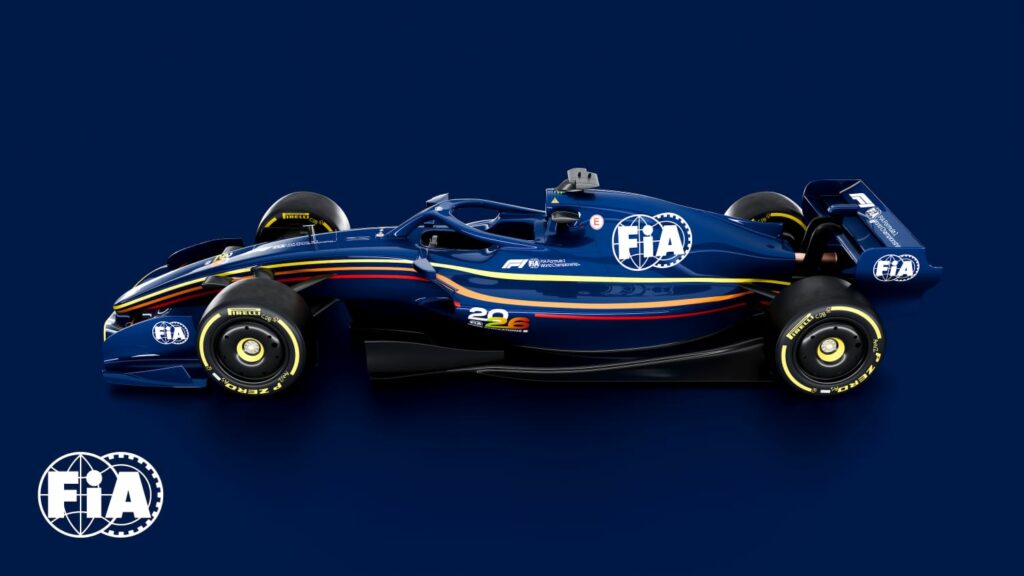
These regulations will be officially ratified by the World Motor Sport Council on June 28.

